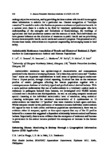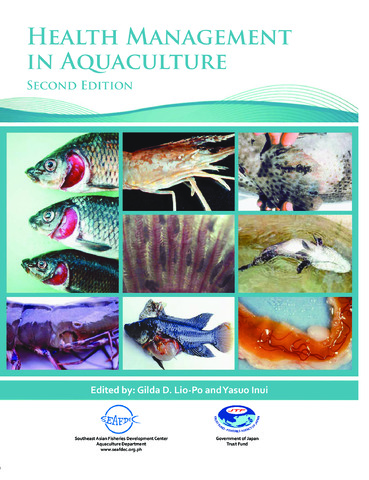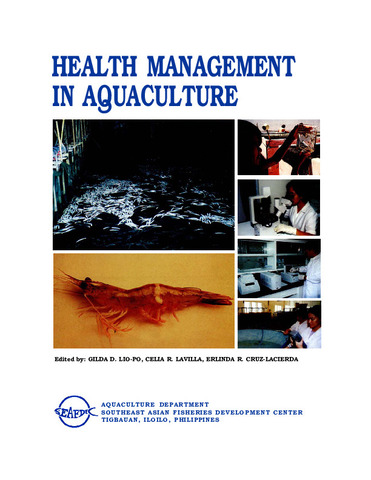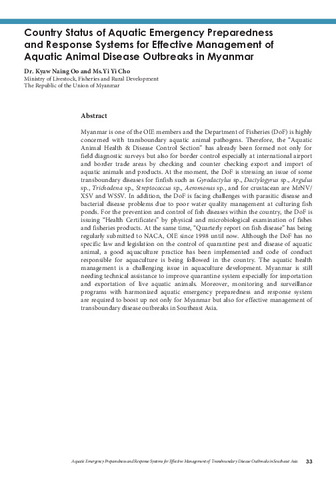Enhancing disease monitoring in shrimp through a geographical information system (GIS) application

View/
Request this document
Date
2007Page views
249Metadata
Show full item recordCited times in Scopus
Share
Abstract
SEAFDEC Aquaculture Department (AQD) pioneered fish disease work in the Philippines and developed diagnostic tools through research. Its Diagnostic Service Laboratory was established in the late 1970s to serve the budding aquaculture industry. Through the assistance of SEAFDEC AQD, this service has been replicated by both private and government agencies involved in shrimp aquaculture, thus, data on disease occurrence and prevalence are already available in databases in various forms. Laboratory analysis of hatchery-reared shrimp postlarvae has become an important tool for marketing using both physical and health attributes as gauges for acceptance or rejection of specific batches. Through the years, the diagnostic tools have evolved from mere wet mount microscopy to molecular diagnostic techniques by means of polymerase chain reaction (PCR) to detect viruses.
Despite this development, however, disease information is still patchy and difficult to use as decision-support tools because it remains in highly technical and in difficult to visualize information spreadsheets and tables. GIS is a tool that translates complex data in tables and spreadsheets into maps that provide visual displays of information in both spatial and temporal forms. It shows disease trends that are not presently seen and understood by all stakeholders. This paper will highlight the evolution of shrimp health monitoring as a marketing tool in the Philippines and how the application of GIS has helped in understanding disease patterns in the shrimp industry.
Description
Abstract only.
Suggested Citation
Lavilla-Pitogo, C. R., de la Peña, L. D., & Tendencia, E. (2007). Enhancing disease monitoring in shrimp through a geographical information system (GIS) application. Preventive Veterinary Medicine , 81(1-3), 218-219. https://doi.org/10.1016/j.prevetmed.2007.04.014
Subject
Collections
- AQD Journal Articles [1215]
Related items
Showing items related by title, author, creator and subject.
-
Health management in aquaculture
Lio-Po, Gilda D.; Inui, Yasuo (Aquaculture Department, Southeast Asian Fisheries Development Center, 2010-07)A textbook on diseases of cultured warmwater fish and shrimps in the Philippines. Eleven chapters cover essential information on the basic principles of disease causation, major diseases of cultured fish and crustaceans, ... -
Health management in aquaculture
Lio-Po, Gilda D.; Lavilla, Celia R.; Cruz-Lacierda, Erlinda R. (Aquaculture Department, Southeast Asian Fisheries Development Center, 2001)A textbook on diseases of cultured warmwater fish and shrimps in the Philippines. Eleven chapters cover essential information on the basic principles of disease causation, major diseases of cultured fish and crustaceans, ... -
Country status of aquatic emergency preparedness and response systems for effective management of aquatic animal disease outbreaks in Myanmar
Oo, Kyaw Naing; Cho, Yi Yi (Aquaculture Department, Southeast Asian Fisheries Development Center, 2019)Myanmar is one of the OIE members and the Department of Fisheries (DoF) is highly concerned with transboundary aquatic animal pathogens. Therefore, the Aquatic Animal Health & Disease Control Section has already been ...




